The global Traditional Chinese Medicine (TCM) industry has naturally felt the impact of inflation throughout past years; in 2010, however, herbs used widely in TCM experienced much higher price increases than usual. The rate of inflation in China is now at its highest level in over 2 years,1 and the country’s various enterprises, including its market for herbs, are feeling the brunt of this situation. For example, TCM products sold in 2010 in China—especially in Northern and Eastern Chinese cities, such as Anguo and Shanghai—most of which were medicinal herbs, doubled in price (on average).1-3 Prices of certain ingredients and particularly popular herbs have risen considerably higher.1-7
Many factors are being blamed for the elevated prices, including cogent market demand, the Yuan’s increasing strength, weather/climate changes, herbs being cultivated more than wild collected, general economic proceedings, recent public health crises, and herbal supply shortages.1-7 Approximately 85% of the total amount of Chinese traditional medicines in the market are said to have seen surges in price, according to various online reports referencing a recent pronouncement by the China Association of Traditional Chinese Medicine (CATCM).3,4 Other reports by CATCM found that the cost of over 25% of herbal medicines at least doubled in the second half of 2010,2 and that some raw herbal materials and finished herbal medicine products have supposedly seen price spikes as steep as 700% over the past year.3

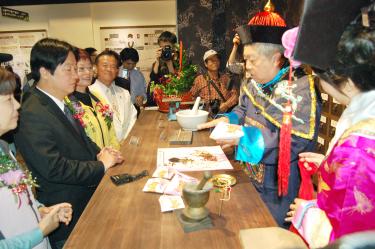
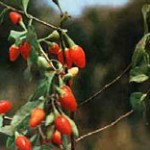
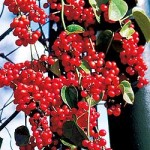
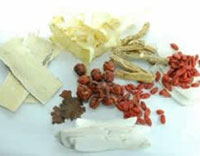
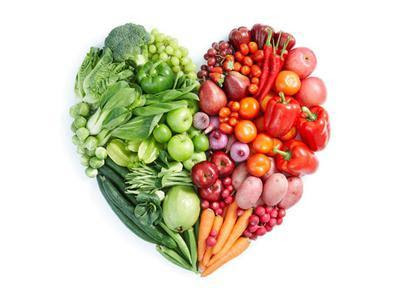 I having been surrounded (quite literally) for the past three days by so called “healthy products”, everything from fortified lolly pops, safer nail polish to every type of infused water possible. I had three days of endless conversations with wellness experts from around the world, Naturopaths, Dieticians, Chiropractors, Acupuncturists, Herbalists, Homeopaths and Bio-Chemists to name a few. Every health professional I spoke to had the same resounding theme, the key to better health is not in any one of these hot new health products that you’ll find at the Natural Products Expo and later on a
I having been surrounded (quite literally) for the past three days by so called “healthy products”, everything from fortified lolly pops, safer nail polish to every type of infused water possible. I had three days of endless conversations with wellness experts from around the world, Naturopaths, Dieticians, Chiropractors, Acupuncturists, Herbalists, Homeopaths and Bio-Chemists to name a few. Every health professional I spoke to had the same resounding theme, the key to better health is not in any one of these hot new health products that you’ll find at the Natural Products Expo and later on a 
